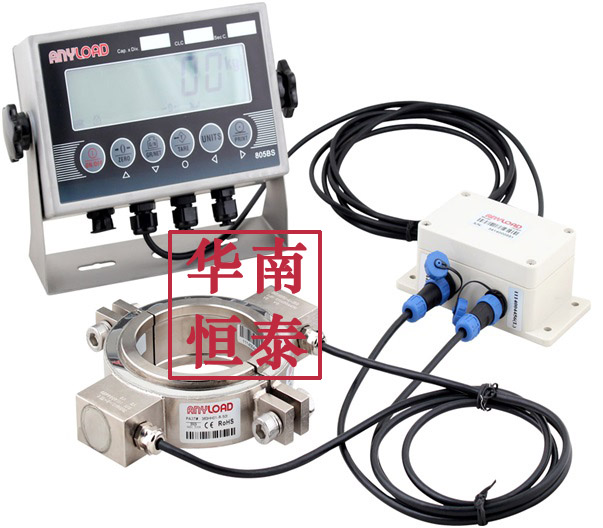Application classification of load cell
This article is edited by Shenzhen Huanan Hengtai Industrial Co., LTD., if reproduced, please indicate the source
In the field of modern industry and science and technology, load cell is undoubtedly a vital equipment. It is not only widely used in various industrial scenarios, but also plays an indispensable role in many fields such as medical care, agriculture, and environmental monitoring. This paper will discuss the application and classification of load cell in detail.

First, the application of load cell
Weighing sensor is a device that can measure the weight of an object by combining strain gauge and bridge circuit. This sensor has a wide range of applications in many industries, including but not limited to the following:
Industrial production: In industrial production, load sensors are used to monitor and control the weight of objects in the production process. For example, on an assembly line, a load cell can measure the weight of a product in real time, enabling product sorting and quality control.
Logistics and transportation: In the field of logistics and transportation, load sensors are used for cargo weighing and load monitoring of transport vehicles. By accurately measuring the weight of goods, transportation safety and cost control can be ensured.
Medical devices: In medical devices, load sensors are used to measure a patient's weight. For example, the hospital's weight scales and mattress pressure sensors all use weigh sensor technology to provide doctors with accurate diagnosis basis.
Agriculture and livestock: In agriculture and livestock, load sensors are used for applications such as feed weighing, animal weight monitoring and food storage. These applications help improve the efficiency and accuracy of agricultural production.
Environmental monitoring: In the field of environmental monitoring, load sensors can be used to monitor the level and weight of containers such as garbage bins, storage tanks and pools for environmental monitoring and management.
Second, the classification of weighing sensors
Load cells can be divided into many types according to their working principles and application scenarios. Here are some common ways to categorize:
Classified by working principle:
Pressure resistance load sensor: usually used for light load measurement, such as kitchen scales.
Strain gauge load cells: often used in industrial automation control systems, such as weighing equipment on industrial production lines.
Capacitive load cell: Commonly used for high-precision measurements, such as laboratory instruments.
Magnetoelectric load cell: Usually used to measure large forces, such as vehicle weighing.
Oscillating load cell: suitable for measuring the weight of moving materials such as fluids and powders.
Tension load cell: suitable for applying tension to an object and measuring its weight.
Friction load cell: Often used for the measurement of smaller weights, such as meters.
Sort by structural style:
Type S: Commonly used for tensile or compressive force measurement.
Cantilever type: suitable for single point measurement.
Spoke type: Suitable for high load and high precision measurement.
Plate and ring type: Suitable for large and heavy equipment.
Bellows: Often used for low pressure measurement.
Bridge type: suitable for multi-directional force measurement.
Cylindrical type: suitable for high load and stable environment.
Classification by conversion method:
Photoelectric type: The moire fringe formed by the grating is used to convert the angular displacement into photoelectric signals.
Hydraulic: The pressure is converted into a weight signal by a hydraulic sensor.
Electromagnetic force type: The electromagnetic principle is used to measure the gravity of the object.
Capacitive: Measure the weight of the object by capacitance change.
Magnetic pole change form: The weight of the object is measured by magnetic pole change.
In short, the application of load cell in modern industry and science and technology is more and more extensive, and its classification is more and more diversified. With the continuous progress and innovation of technology, it is believed that load cells will play a greater role in more fields in the future.
The above information is for reference only, not for professional literature
